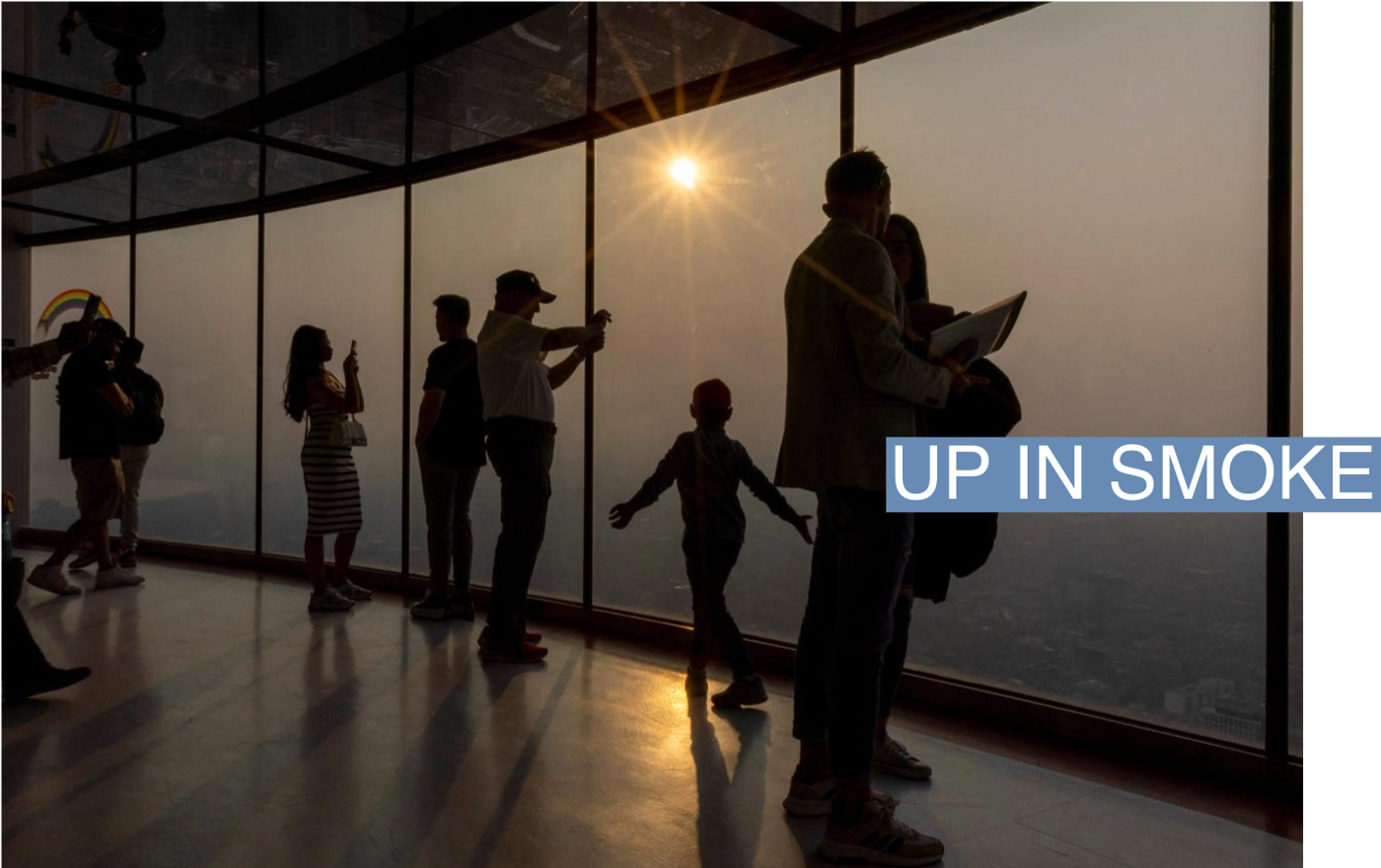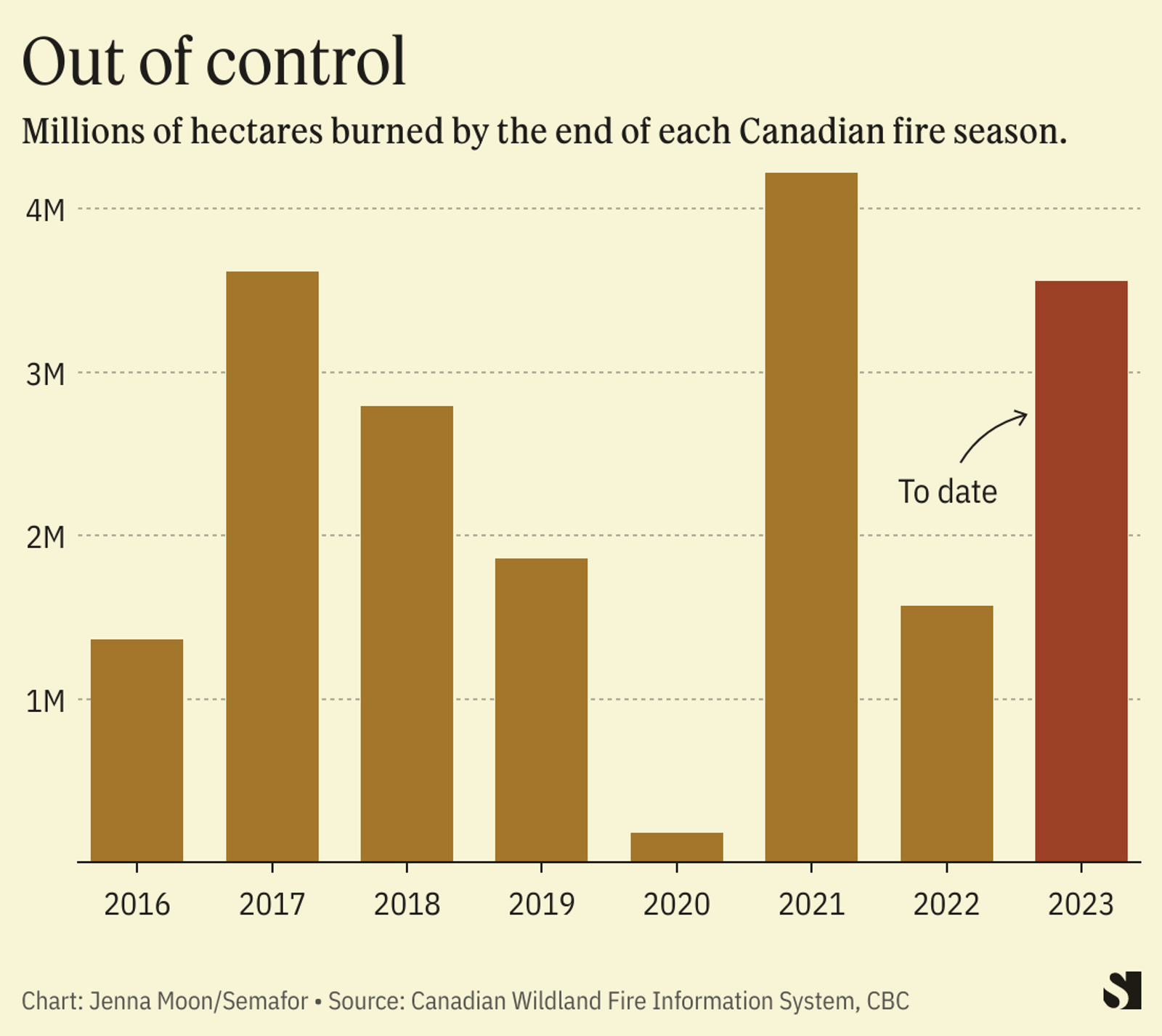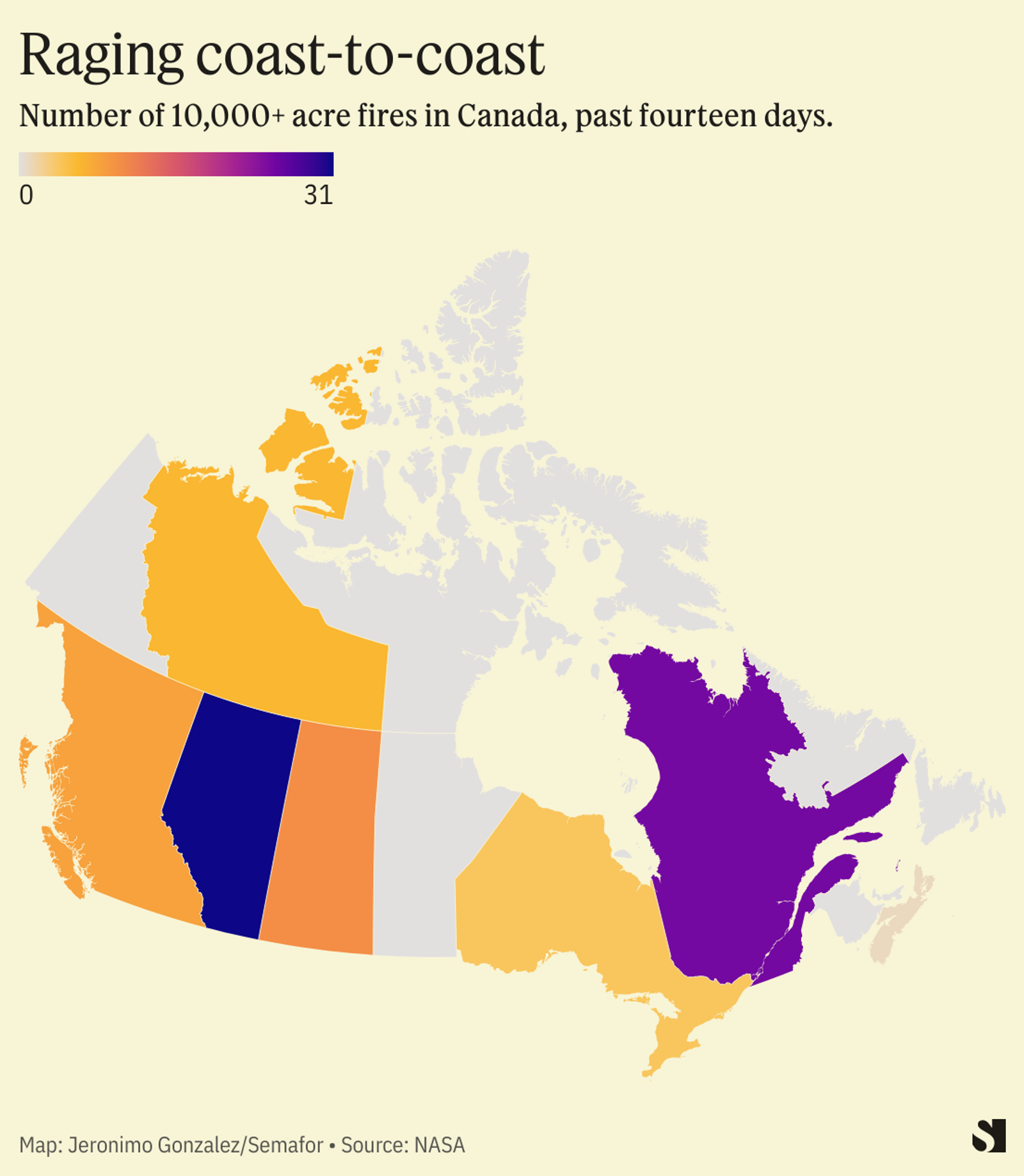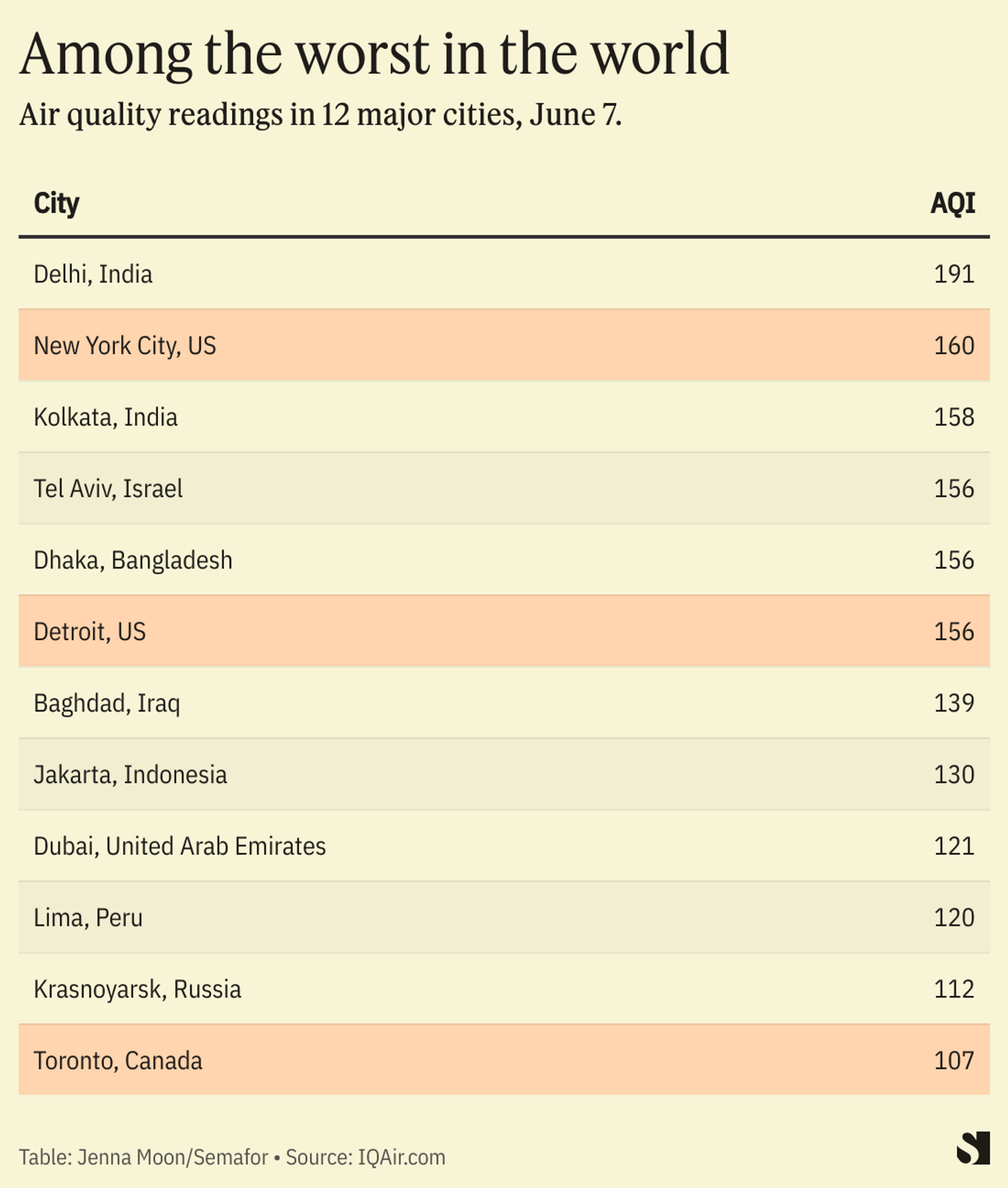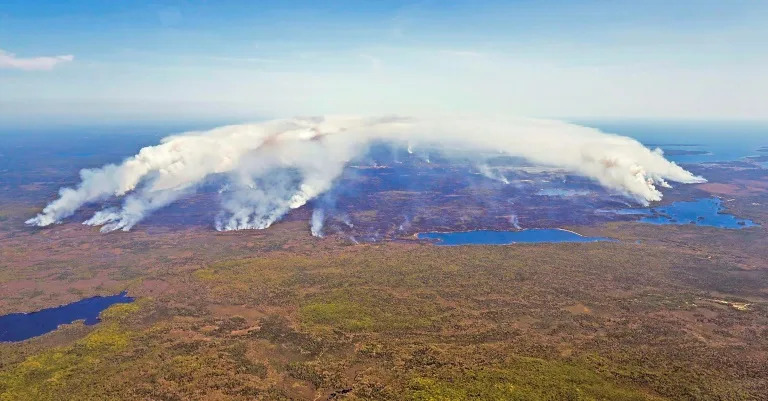June 9, 2023


AI Artificial Intelligence words are seen in this illustration taken, May 4, 2023.
REUTERS/Dado Ruvic/Illustration/
WASHINGTON, June 8 (Reuters) - U.S. senators on Thursday introduced two separate bipartisan artificial intelligence bills on Thursday amid growing interest in addressing issues surrounding the technology.
One would require the U.S. government to be transparent when using AI to interact with people and another would establish an office to determine if the United States is remaining competitive in the latest technologies.
Lawmakers are beginning to consider what new rules might be needed because of the rise of AI. The technology made headlines earlier this year when ChatGPT, an AI program that can answer questions in written form, became generally available.
Senators Gary Peters, a Democrat who chairs the Homeland Security committee, introduced a bill along with Senators Mike Braun and James Lankford, both Republicans, which would require U.S. government agencies to tell people when the agency is using AI to interact with them.
The bill also requires agencies to create a way for people to appeal any decisions made by AI.
"The federal government needs to be proactive and transparent with AI utilization and ensure that decisions aren't being made without humans in the driver's seat," said Braun in a statement.
Senators Michael Bennet and Mark Warner, both Democrats, introduced a measure along with Republican Senator Todd Young that would establish an Office of Global Competition Analysis that would seek to ensure that the United States stayed in the front of the pack in developing artificial intelligence.
"We cannot afford to lose our competitive edge in strategic technologies like semiconductors, quantum computing, and artificial intelligence to competitors like China," Bennet said.
Earlier this week, Senate Majority Leader Chuck Schumer said he had scheduled three briefings for senators on artificial intelligence, including the first classified briefing on the topic so lawmakers can be educated on the issue. read more
The briefings include a general overview on AI, examining how to achieve American leadership on AI and a classified session on defense and intelligence issues and implications.
Reporting by Diane Bartz; additional reporting by David Shepardson Editing by Alistair Bell
WASHINGTON, June 8 (Reuters) - U.S. senators on Thursday introduced two separate bipartisan artificial intelligence bills on Thursday amid growing interest in addressing issues surrounding the technology.
One would require the U.S. government to be transparent when using AI to interact with people and another would establish an office to determine if the United States is remaining competitive in the latest technologies.
Lawmakers are beginning to consider what new rules might be needed because of the rise of AI. The technology made headlines earlier this year when ChatGPT, an AI program that can answer questions in written form, became generally available.
Senators Gary Peters, a Democrat who chairs the Homeland Security committee, introduced a bill along with Senators Mike Braun and James Lankford, both Republicans, which would require U.S. government agencies to tell people when the agency is using AI to interact with them.
The bill also requires agencies to create a way for people to appeal any decisions made by AI.
"The federal government needs to be proactive and transparent with AI utilization and ensure that decisions aren't being made without humans in the driver's seat," said Braun in a statement.
Senators Michael Bennet and Mark Warner, both Democrats, introduced a measure along with Republican Senator Todd Young that would establish an Office of Global Competition Analysis that would seek to ensure that the United States stayed in the front of the pack in developing artificial intelligence.
"We cannot afford to lose our competitive edge in strategic technologies like semiconductors, quantum computing, and artificial intelligence to competitors like China," Bennet said.
Earlier this week, Senate Majority Leader Chuck Schumer said he had scheduled three briefings for senators on artificial intelligence, including the first classified briefing on the topic so lawmakers can be educated on the issue. read more
The briefings include a general overview on AI, examining how to achieve American leadership on AI and a classified session on defense and intelligence issues and implications.
Reporting by Diane Bartz; additional reporting by David Shepardson Editing by Alistair Bell

















